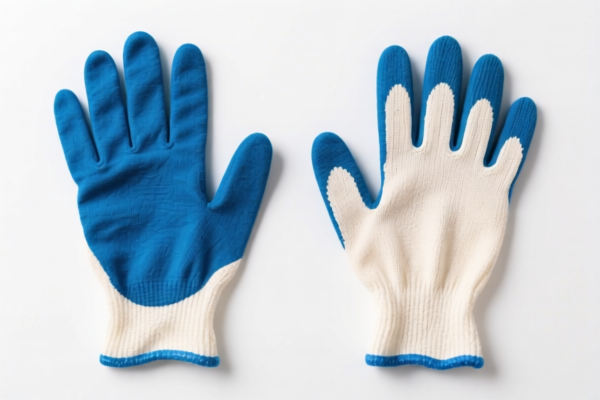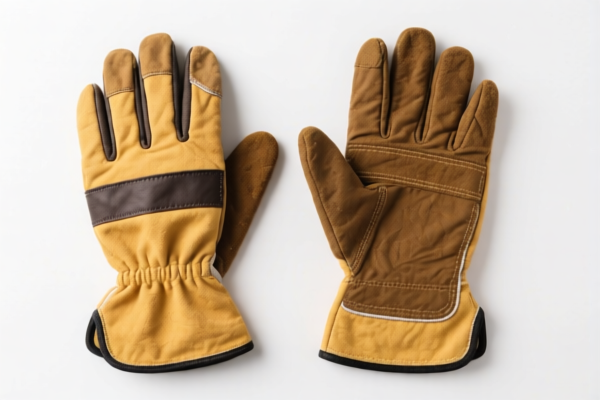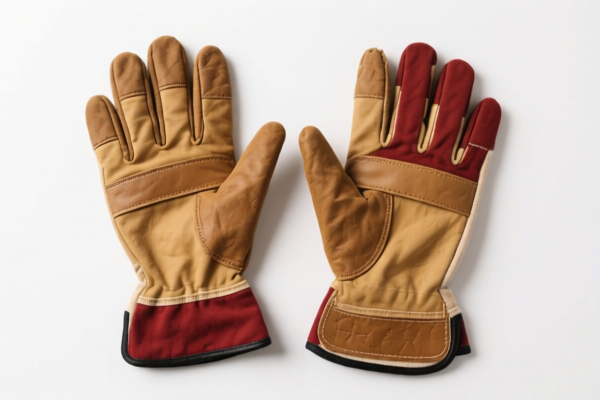| HS Code | Official Doc | Tariff Rate | Origin | Destination | Effective Date |
|---|---|---|---|---|---|
| 4015195100 | Doc | 69.0% | CN | US | 2025-05-12 |
| 4015900050 | Doc | 59.0% | CN | US | 2025-05-12 |
| 4016990500 | Doc | 40.9% | CN | US | 2025-05-12 |
| 3910000000 | Doc | 58.0% | CN | US | 2025-05-12 |
| 3926201010 | Doc | 30.0% | CN | US | 2025-05-12 |
| 3926909905 | Doc | 42.8% | CN | US | 2025-05-12 |
| 6216000500 | Doc | 37.5% | CN | US | 2025-05-12 |
| 6216002600 | Doc | 44.5% | CN | US | 2025-05-12 |
| 6217909095 | Doc | 52.1% | CN | US | 2025-05-12 |
| 6212900090 | Doc | 44.1% | CN | US | 2025-05-12 |




Silicone Gloves
Silicone gloves are protective hand coverings manufactured from silicone polymers, offering a versatile alternative to traditional materials like rubber or latex.
Material
Silicone is a synthetic polymer known for its heat resistance, flexibility, and chemical inertness. These gloves are typically made through molding processes, resulting in a seamless construction. Different grades of silicone are used depending on the intended application, impacting properties like tensile strength and temperature resistance.
Purpose
The primary purpose of silicone gloves is to provide a protective barrier against various hazards, including:
- Heat: High-temperature resistance makes them suitable for handling hot items.
- Chemicals: Silicone’s chemical inertness protects against a wide range of solvents, acids, and bases.
- Water & Liquids: Waterproof nature prevents moisture absorption and contamination.
- Contamination: Used in environments requiring hygiene and preventing cross-contamination.
Function
Silicone gloves function by creating a physical barrier between the user's skin and the hazard. Their flexibility allows for dexterity and a secure grip, while their non-porous surface prevents absorption of liquids or gases. Some designs incorporate textured surfaces for enhanced grip.
Usage Scenarios
- Kitchen & Baking: Handling hot cookware, oven racks, and steaming foods.
- Cleaning: Protecting hands from harsh cleaning chemicals and detergents.
- Automotive: Handling oils, fluids, and cleaning products during vehicle maintenance.
- Laboratory: Providing chemical resistance and preventing contamination during experiments.
- Industrial: Used in various manufacturing processes involving chemicals, heat, or liquids.
- Medical & Food Processing: Maintaining hygiene and preventing contamination in sensitive environments.
- Pet Grooming: Bathing and cleaning pets.
Common Types
- Standard Heat-Resistant Gloves: Designed for general kitchen use, providing protection up to a certain temperature (typically 428°F / 220°C).
- Extra-Thick Heat-Resistant Gloves: Offer increased heat protection for handling extremely hot items.
- Textured Gloves: Feature textured palms and fingers for enhanced grip when handling slippery objects.
- Long Gauntlet Gloves: Provide extended protection for wrists and forearms.
- Chemical-Resistant Gloves: Formulated with specific silicone compounds to resist a wider range of chemicals.
- Food-Grade Silicone Gloves: Manufactured using FDA-approved silicone for safe contact with food.
- Scrubbing Gloves: Incorporate silicone bristles or textured surfaces for cleaning and scrubbing.
Silicone gloves typically refer to gloves made of silicone material, used for various purposes such as kitchenware, medical applications, or industrial protection. They are known for their heat resistance, flexibility, and non-toxicity.
The following HS codes are relevant based on the provided reference material:
- 3910000000: This HS code covers Silicones in primary forms. This would apply to the raw silicone material itself, before it is processed into gloves. The first two digits (39) indicate plastics and articles thereof. The next two digits (10) specifically denote silicones.
- 4015195100: This HS code covers Articles of apparel and clothing accessories (including gloves, mittens and mitts), for all purposes, of vulcanized rubber other than hard rubber: Gloves, mittens and mitts: Other: Other. While silicone is not rubber, this code could be applicable depending on the specific composition and manufacturing process. The first two digits (40) indicate rubber and articles thereof. The next two digits (15) denote articles of apparel and clothing accessories.
- 6216000500: This HS code covers Gloves, mittens and mitts: Impregnated, coated or covered with plastics or rubber: Ice hockey gloves and field hockey gloves. If the silicone gloves are coated or impregnated with rubber or plastics, this code may be relevant. The first two digits (62) indicate articles of apparel and clothing accessories, not knitted or crocheted. The next two digits (16) denote gloves, mittens and mitts.
Regarding HS code 4015195100, the total tax rate is 69.0%, comprising a basic tariff of 14.0% and an additional tariff of 25.0%, increasing to 30.0% after April 2, 2025.
Regarding HS code 3910000000, the total tax rate is 58.0%, comprising a basic tariff of 3.0% and an additional tariff of 25.0%, increasing to 30.0% after April 2, 2025.
Regarding HS code 6216000500, the total tax rate is 37.5%, comprising a basic tariff of 0.0% and an additional tariff of 7.5%, increasing to 30.0% after April 2, 2025.
Customer Reviews
No reviews yet.